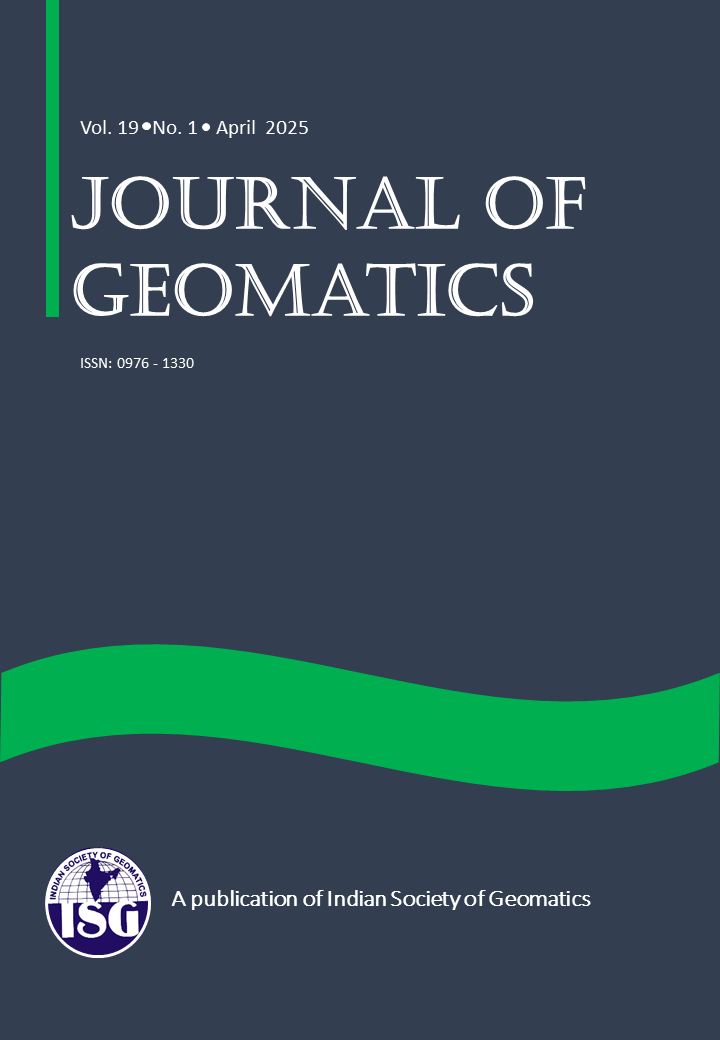Use of camera traps in parametric and non-parametric home range and utilization distribution estimation of tiger (Panthera tigris tigris Linn).
DOI:
https://doi.org/10.58825/jog.2025.19.1.195Keywords:
Tiger, Home range, Minimum Convex Polygon, Kernal Density Estimator, Low Convex HullAbstract
Each wild animal possesses a home range specific to their trophic level, characterizing that home range provides valuable insight into the animal's habits, social structure, and lifestyle. Camera trapping is one of the methods for analyzing the home ranges of some wildlife species where the individual species can be identified through the stripes or spot characteristics. This method offers essential insights about the target species while minimizing animal disturbance. It operates continuously, silently, and cost-effectively. In the present study, the utilization of camera traps in deriving the home ranges of tigers was analyzed using parametric and non-parametric home range estimators like Minimum Convex Polygon (MCP), Kernel Density Estimator (KDE), Autocorrelated KDE (AKDE) and Low Convex Hull (LoCoH) methods. Melghat Tiger Reserve, Maharashtra, India, was taken as a study site with the camera trap information derived from CaTRAT (Camera Trap Data Repository and Analysis Tool) and ExtractCompare (pattern recognition program). LoCoH is constructed using the k-1 nearest neighbors of each data point. To obtain a utilization distribution in KDE, probability contours were derived as 0.95 as the outer layer. LoCoH hulls were ordered from the smallest to the largest to get the utilization distribution, where the smallest hulls indicate frequently used areas. The average size of the home range of tigers in tropical dry deciduous forests of India derived from MCP, KDE, AKDE, and LoCoH were 51± SD 24, 87± SD 36, 111± SD 33, and 45 ± SD 21km2 in that order. Average male tiger territory for the above home range estimators recorded were 80±15, 131±29, 146±23, 71±11 km2 and 40±15, 71±22, 97±26 & 36±15 km2 for females. In MCP and LoCoH methods, the outer boundary exactly matches the camera trap locations where it is recorded, but in real scenarios, this may be extended further up to some more areas that could not be captured in MCP and LoCoH methods. Moreover, the different hulls generated using LoCoH methods are not continuous in nature and do not give a clear picture of the utilization distribution. Data derived from camera traps with realistic and autocorrelated movement, KDE, MCP, and LoCoH underestimate home range substantially. So, considering these facts, it is concluded that AKDE with 95% probability contours appears to be the best method for home range estimation of tigers using camera traps where the sample size is small.
Downloads
Published
How to Cite
Issue
Section
License
Copyright (c) 2025 Journal of Geomatics

This work is licensed under a Creative Commons Attribution-NonCommercial 4.0 International License.



